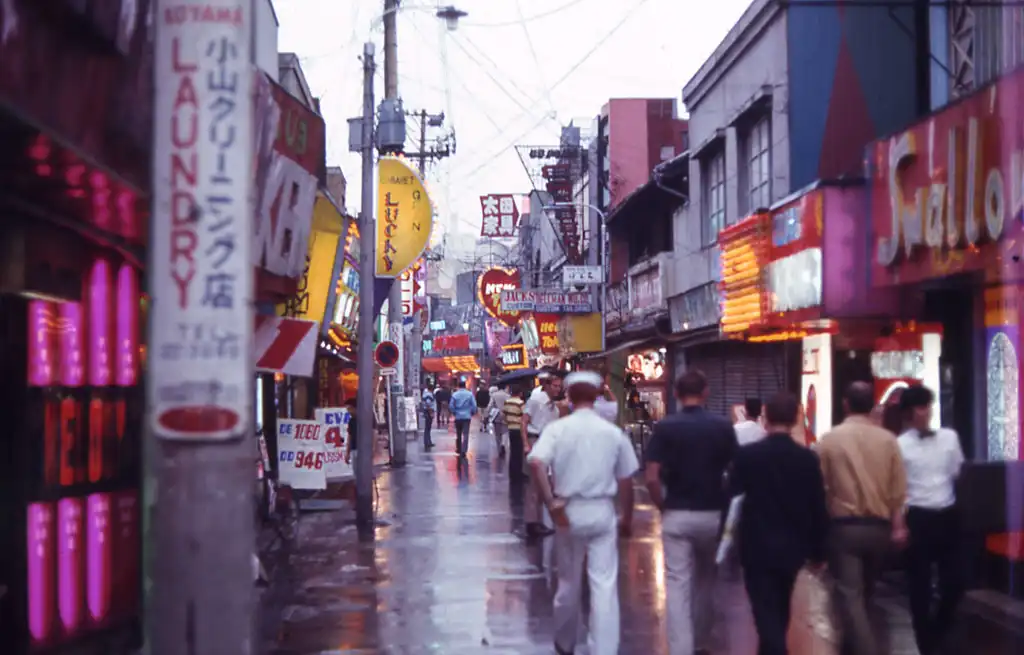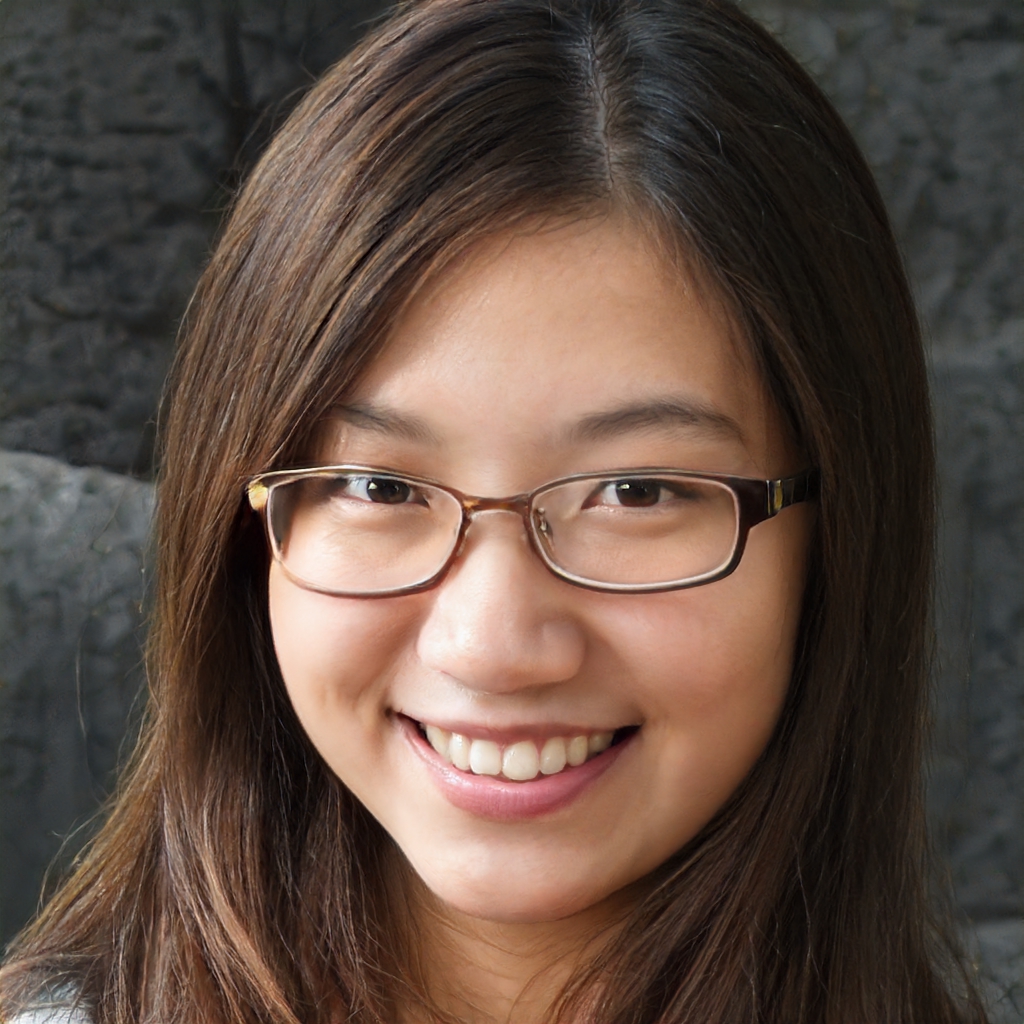
3 Days Itinerary in Honchō, Japan - Travel Guide
Three Days of Unforgettable Exploration in Honchō, Japan
| Days | Description |
|---|---|
| 1 | Day 1 - Teasing Your Taste Buds & Getting Familiar |
| 2 | Day 2 - Dive into the Depths of Honchō's History |
| 3 | Day 3 - Entertaining Yourself the Honchō Way |
Introduction
A fantastic itinerary brimming with the best of urban entertainment, food feasting, cultural discovery, and natural beauty to experience in Honchō. From local street food to Shinto shrines, this three-day, three-night tour of Honchō in Japan will have you baying for more.
Day 1 - Teasing Your Taste Buds & Getting Familiar
Welcome to Honchō, Japan's heart of warmth and hospitality. Today, let your senses guide you! First things first, head to the bustling Nihonbashi Street, a great place to acclimate yourself to the lively atmosphere of Honchō. Enjoy a wander along and you'll find a delightful variety of street foods. Ever heard of takoyaki? Imagine balls of warm, gooey deliciousness bursting with octopus. They're a street-food staple here! Following this culinary adventure, check out the charming Kanda Myojin Shrine. The spiritual air and peaceful surrounds are a perfect counterpoint to the city's hustle and bustle. To end your day, visit the nearby Electric Town, Akihabara. Filled with unique shops and anime cafes, this place is sure to bring out the otaku in you.
Day 2 - Dive into the Depths of Honchō's History
Ready for day two? Great! We're kicking things off with a visit to Tokyo National Museum. Do you know that feeling when you're face-to-face with humanity's past? It's here where you'll thoroughly feel it while exploring the largest collection of national treasures and important cultural properties in Japan. After immersing in Japan's art and history, we're heading to the Ueno Park. The park, located just next to the museum, captures the natural beauty of Japan perfectly. Blooming cherry blossom trees, beautiful temples, and even an active zoo makes it an ideal spot for a peaceful walk. Wrapping up the day, treat yourself to a piping bowl of ramen from one of the local eateries around the park. Doesn't it sound like the perfect day?
Day 3 - Entertaining Yourself the Honchō Way
On the final day, we're living large at Tokyo Disneyland, one of the biggest highlights of Honchō. Ready to feel like a kid again? You'll meet your favorite characters, ride pulse-quickening attractions, and even watch some amazing shows! If the amusement park isn't your kind of fun, check out Odaiba, a man-made beach with fantastic views, shopping centers, and the iconic Gundam statue. Lastly, head to the Tokyo Skytree in the evening. The stunning bird's-eye view OF Tokyo's cityscape after sundown is a breathtaking sight you'll remember for years to come. That concludes our three-day tour full of cultural immersion, culinary delights, and memorable sights.

Sophia Anderson
FAQs about this
3 day itinerary in
Honchō
Spring (March to May) and Fall (September to November) are typically the best times to visit Honchō thanks to mild temperatures and less rain. Spring also offers the bonus charm of cherry blossoms blooming!
Absolutely! Honchō has an extensive and efficient public transportation network. You can easily get around by trains, buses, and even bicycles rented from various stations.
While it's true that English is not widely spoken outside of major tourist spots, many people in Honchō understand basic English. Furthermore, public signage and menus often have English translations, and translation apps can be handy too. So don't worry too much!
Other city itineraries in Japan
- Ōakashichō
- Sapporo
- Takasaki
- Toyama
- Hachinohe
- Nishitōkyō
- Bunkyō-ku
- Takatsuki
- Urayasu
- Suginami-ku
- Obihiro
- Numazu
- Kitakyūshū
- Himeji
- Kushiro
- Hadano
- Koriyama
- Sasebo
- Amagasaki
- Kurume
- Kodaira
- Kurashiki
- Toyonaka
- Kita-ku
- Shibuya-ku
- Sakai
- Shinagawa-ku
- Hirosaki
- Matsumoto
- Kōtō-ku
- Kawasaki
- Katsushika-ku
- Kishiwada
- Yokosuka
- Chūō-ku
- Nagaoka
- Ibaraki
- Isesaki
- Miyakonojō
- Ōta-ku
- Odawara
- Ōta
- Saitama
- Higashimurayama
- Jōetsu
- Tachikawa
- Ageoshimo
- Sumida
- Ichikawa
- Ōita
- Anjōmachi
- Tsu
- Aomori
- Kōchi
- Iwata
- Nerima
- Gifu
- Kumamoto
- Chiba
- Tsukuba-kenkyūgakuen-toshi
- Nishinomiya-hama
- Higashi-ōsaka
- Yokohama
- Kagoshima
- Oyama
- Akita
- Kashiwa
- Hitachi-Naka
- Edogawa
- Hitachi
- Uji
- Iwaki
- Nagasaki
- Ōtsu
- Ichihara
- Hachiōji
- Hamamatsu
- Kakogawachō-honmachi
- Yokkaichi
- Ube
- Miyazaki
- Kamakurayama
- Matsuyama
- Noda
- Arakawa
- Shizuoka
- Fuji
- Minato
- Toyokawa
- Izumo
- Yamagata
- Kōfu
- Hiratsuka
- Maebashi
- Tokorozawa
- Chigasaki
- Sōka
- Fuchū
- Hiroshima
- Ichinomiya
- Asahikawa
- Itami
- Nagareyama
- Nagoya
- Tottori
- Ōsaka
- Nishio
- Takamatsu
- Kasukabe
- Kasugai
- Ueda
- Sendai
- Adachi
- Higashi-Hiroshima
- Yato
- Kawashiri
- Daiwanishi
- Toyohashi
- Toyota
- Kumagaya
- Honchō
- Utsunomiya
- Shinozaki
- Nara
- Atsugichō
- Shinjuku
- Fukuyama
- Fukushima
- Fukuoka
- Naha
- Nagano
- Koshigaya
- Sakura
- Saga
- Kariya
- Kyōto
- Fujisawa
- Kukichūō
- Matsudo
- Tochigi
- Taitō
- Mito
- Kanazawa
- Tokyo
- Hino
- Matsue
- Chōfugaoka
- Hakodate
- Ōgaki
- Takaoka
- Niiza
- Machida
- Setagaya
- Toshima
- Tokushima
- Kawagoe
- Itabashi
- Okazaki
- Meguro
- Yamaguchi
- Kamirenjaku
- Nakano
- Matsuzaka
- Fukui
- Wakayama
- Niigata
- Suzuka
- Yachiyo
- Narashino
- Yao
- Minamisuita
- Okayama
- Sagamihara
- Kawaguchi
- Kōbe
- Morioka
- Kure
- Neya
- Takarazuka
- Tomakomai
- Hirakata
